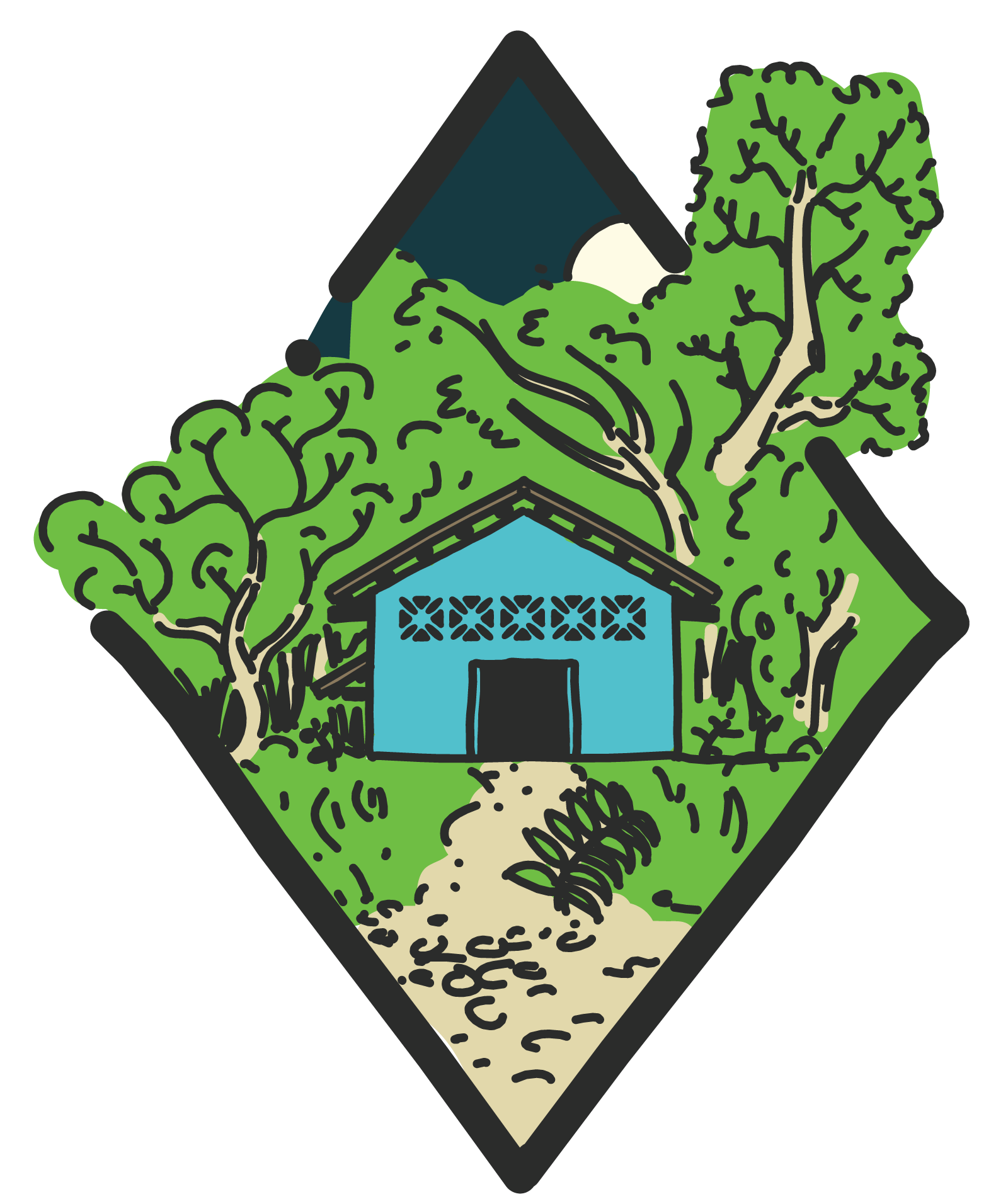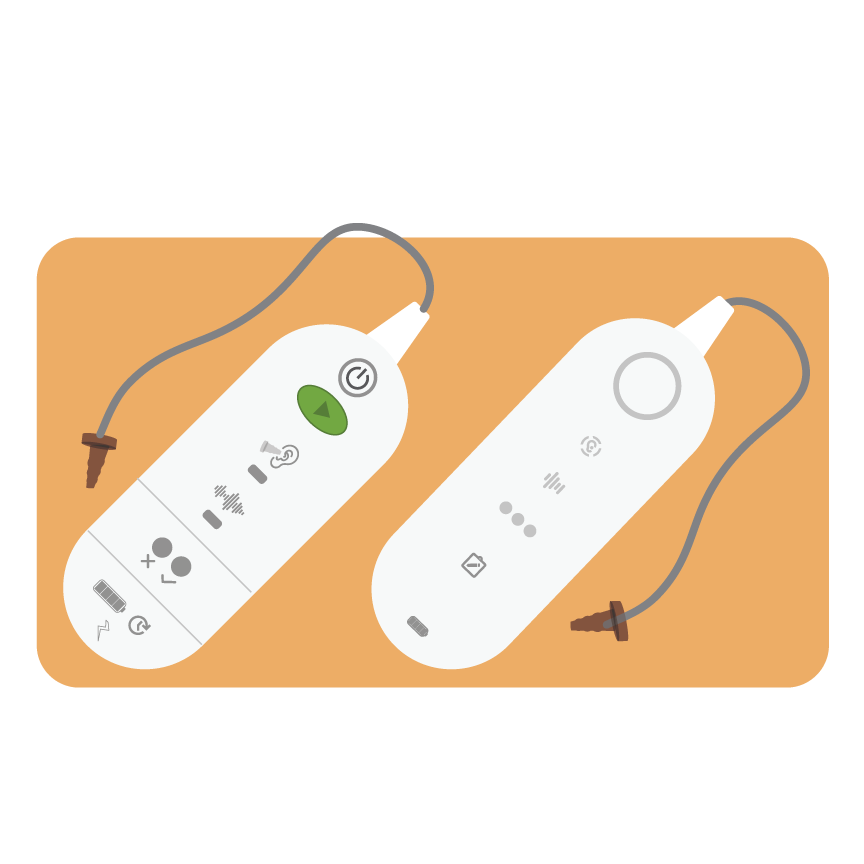Across the world, there are billions of people who lack adequate access to hearing healthcare. Professor Elizabeth Johannsen, the faculty advisor of the Global Health team, was approached by Dra. Patricia Castellanos de Munoz, the only audiologist in the Central American country of Guatemala, to develop a screening device that would retail at a fraction of the cost of contemporary devices and require a minimal amount of training to use. The imperitive of this device was to utilize technology which allowed for the screening of nonverbal people, allowing it to screen infants for hearing loss. This is where otoacoustic emissions (OAE) comes in; otoacoustic emissions
are sounds that the inner ear produces when it responds to an external sound. Isn't it incredible that our sound processing technology can register the sounds your ear makes when reacting to noise?
The team at Olin went to work on implementing our collaborative design principles and values to conduct people-oriented research. Although our main contact was with Dra. Castellanos and her two organizations Sonrisas Que Escuchan and CEDAF, the team necessarily roped in many other organizations and integrated them into a web of users, professionals, advisors; this team wasn't called Global Health for nothing.
We contacted people nearby who were invested in the idea; our own Olin professors including Bradley Minch and Siddharthan Govindasamy, leaders at the Massachusetts Headstart program, members of the Needham Guatemala Partners, and healthcare professionals at Birth Matters Midwifery all contributed to feedback on the user interface and development of the device. We partnered with Solar Ear, a medical device manufacturer who prides itself on minimizing cost and maximizing accessibility for medical devices; their founder Howard Weinstein has been a cheerleader along the whole development cycle.
Through our partnership with the Needham Guatemala Partners, we were also able to gain significant insight into what the stakes were. Via the Partners, we were connected with a young woman and her family from the Santa Maria Tzeja community in rural Guatemala. Despite not recognizing that she could not hear until the age of three, her supportive family and community developed their own unique form of sign language, allowing her to participate in local education and life. However, the woman's family was concerned; higher educational institutions were away from the close-knit Santa Maria Tzeja, and the woman's deafness had negatively affected her socialization. And she is not alone; in Guatemala, it seen that less than 3.5% of infants were screened for hearing loss, to a numerical proportion of 8,000/ 512,255 children in 2022. If you look closer, it's actually even more incredible; all of those screenings were done by Dra. Castellanos and her team alone. With this context, we moved forward.
In the fall of 2023, we had the wonderful chance to attend the Coalition for Global Hearing Health conference held in Los Angeles, California. there we were able to meet with a diverse set of audiologists and audiological professionals from across the world and engage them with our user interface prototype, asking them questions about desired features, durability, form factor, ease-of-use and more. It was an invaluable collaboration for us to be able to, face to face, work with the people who would nominally be using our device every day. We learned so much, and are so grateful, and we walked away with a common thread of feedback, "when will it come out?"
Our team continues development on the mechanical, electrical, and design elements of the device. When the Global Health team finishes the cycle, we plan to pass the intellectual property onto Solar Ear for manufacturing development and global distribution. We have a working algorithm, and are confident with the state of usability of the interface. We have worked tirelessly to maintain the core concept of accessibility for as many people across the world as possible. We recognize the need for communities to uplift themselves, and want to make the tools accessible for that to occur. Although my tenure with the team has expired, I am hopeful for the continuation and fruition of the project.



